5 Challenges of Enterprise Content Management and How to Overcome Them

Introduction
As businesses continue to produce vast amounts of content, managing it efficiently has become a growing challenge. While Enterprise Content Management (ECM) systems promise to streamline content organization and workflows, many businesses still face common challenges that slow their progress.
If you’ve struggled with scattered files, sluggish workflows, or security concerns, you’re not alone. The good news? These key challenges can be overcome with the right tools and strategies. Let’s look at five major ECM challenges and actionable solutions to address them effectively.
1. Scattered Content Across Multiple Systems
The Challenge:
Does your business rely on multiple platforms—like email, shared drives, cloud tools, and local storage—to manage content? This scattered approach creates data silos, wastes time searching for documents, and increases the risk of content duplication or loss.
The Impact:
Teams struggle to find what they need.
Productivity slows down due to inefficient searches.
Collaboration suffers when content is inaccessible or out of sync.
The Solution:
Centralize your content with a modern ECM system that serves as a single source of truth.
Use tools that integrate with your existing platforms so all content flows into one place.
Leverage AI-powered search to locate files instantly—by keyword, context, or metadata—regardless of their format.
Platforms like Orbitype simplify integration with other tools, breaking down silos and ensuring content is accessible, organized, and up to date. This includes consolidating content types such as documents, images, and videos across different devices to create a seamless user experience.
Key Takeaway: A centralized ECM system ensures your content works for you, not against you.
2. Slow, Manual Workflows That Drain Productivity
The Challenge:
Even with digital tools, many businesses still rely on manual workflows. Approving contracts, routing documents for review, or managing content lifecycles can become bottlenecks that slow operations.
The Impact:
Teams waste time on repetitive tasks.
Delays lead to missed deadlines and opportunities.
Errors occur when documents are misrouted or overlooked.
The Solution:
Automate workflows to keep processes moving efficiently.
Set up automated approvals and notifications to eliminate manual back-and-forth.
Use workflow templates to streamline routine tasks like contract reviews or invoice management.
Orbitype’s workflow management features allow you to define and automate complex processes, ensuring content moves to the right team members without delays. This applies to diverse content types like images and videos, which can be routed and approved through automated workflows.
Example: Instead of manually chasing approvals, an automated process routes contracts and related images to the relevant manager, tracks the status, and notifies stakeholders once completed.
Key Takeaway: Automation frees your team to focus on strategic tasks, not repetitive processes.
3. Managing Data Security and Compliance
The Challenge:
With increasing data regulations (like GDPR or HIPAA) and rising cybersecurity risks, businesses must keep their content secure and compliant. Yet, managing permissions, tracking access, and ensuring compliance across large volumes of data can be overwhelming.
The Impact:
Data breaches compromise sensitive information.
Non-compliance risks legal penalties and reputational damage.
Teams struggle to maintain consistent security protocols.
The Solution:
Adopt an ECM system with built-in security and compliance features:
Use role-based access controls to ensure only authorized users can view or edit sensitive content.
Leverage automated audit trails to track document edits, access logs, and version history.
Platforms like Orbitype offer robust compliance management, ensuring your data meets regulatory standards without manual monitoring. These features extend to content like videos, sensitive images, and documents stored across different devices.
Example: A financial services firm can use ECM to secure client contracts, automatically log access history, and flag non-compliant files for review.
Key Takeaway: Security and compliance don’t need to be complicated—automation makes it seamless.
4. Content Overload and Poor Organization
The Challenge:
The sheer volume of content businesses generate every day—documents, emails, presentations, contracts—can quickly become unmanageable. Without proper organization, valuable content gets buried or lost.
The Impact:
Teams waste hours sorting through files or recreating lost content.
Outdated or irrelevant files clutter systems.
Content loses its value when it’s disorganized or difficult to access.
The Solution:
Implement smart tools to organize and manage your content effectively:
Use AI-powered metadata tagging to automatically categorize files based on their content and context.
Implement clear policies for content lifecycle management, archiving outdated files to reduce clutter.
Orbitype’s intelligent content organization tools keep your files neatly structured and easy to find, no matter how much content you handle. Whether you’re managing high volumes of images, videos, or text files, AI-driven tools ensure content remains accessible and usable across all devices.
Example: A growing legal team can rely on automated tagging to sort contracts by client name, date, and project type—saving hours of manual work.
Key Takeaway: AI-driven organization keeps content usable, accessible, and clutter-free.
5. Scaling Your ECM System as Your Business Grows
The Challenge:
As your business grows, so does your content. Many outdated ECM systems struggle to handle increasing volumes of documents, leading to performance issues, storage concerns, and rising costs.
The Impact:
Your ECM system becomes slow and inefficient.
Teams face interruptions in workflows as content management stalls.
Migrating to a scalable system feels daunting and costly.
The Solution:
Invest in an ECM platform designed to scale with your business:
Opt for cloud-based solutions that grow alongside your content needs.
Choose platforms that offer no lock-in architecture to ensure flexibility and avoid being tied to rigid systems.
Orbitype’s scalable, cloud-first ECM allows businesses to manage large volumes of content seamlessly while maintaining performance and cost efficiency. Whether you’re dealing with contracts, images, or videos, scalability ensures content remains accessible and manageable.
Key Takeaway: Scalability ensures your ECM system supports growth—not hinders it.
Conclusion: Turn ECM Challenges Into Opportunities
ECM challenges—like scattered content, slow workflows, data security concerns, content overload, and scaling issues—can feel overwhelming. However, these hurdles are easy to overcome with the right approach and tools.
Platforms like Orbitype offer a modern, intelligent solution to solve these pain points:
Centralized content management to eliminate silos.
Workflow automation to streamline processes.
Robust security and compliance for peace of mind.
Scalable, no-lock-in architecture to grow with your business.
Ready to solve your ECM challenges once and for all? Book a free onboarding call with Orbitype today and discover how smarter content management can transform your business processes.
Read more
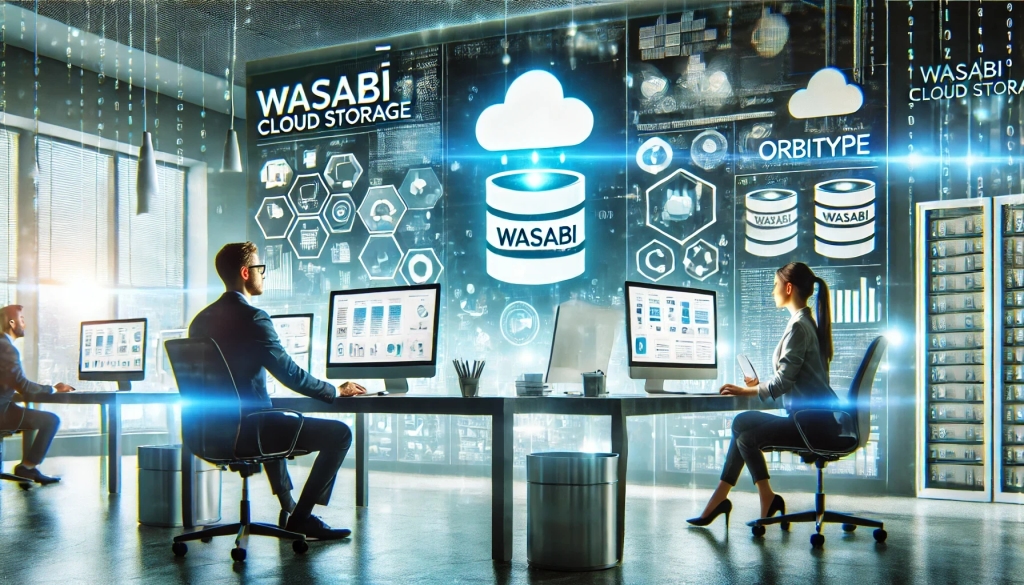
Seamless Data Management: Integrating Wasabi Cloud Storage with Orbitype
Boost your CMS performance with Wasabi Cloud Storage and Orbitype integration. Learn how this cost-effective, scalable solution enhances data management and delivers exceptional results.
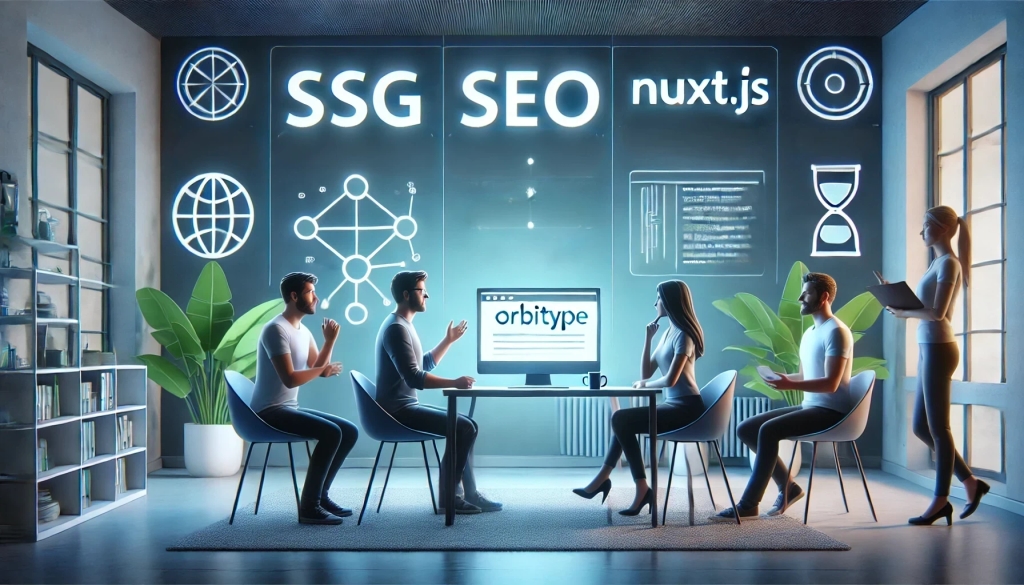
Integrating Orbitype with Nuxt.js for Optimal Performance and SEO
Leveraging Orbitype, a robust headless CMS, with Nuxt.js, a Vue.js framework, provides developers a powerful solution for building fast, SEO-optimized websites. This blog post explores how the integration of Orbitype and Nuxt.js harnesses the benefits of static site generation (SSG) and server-side rendering (SSR), thanks to Orbitype's API-driven content management system.
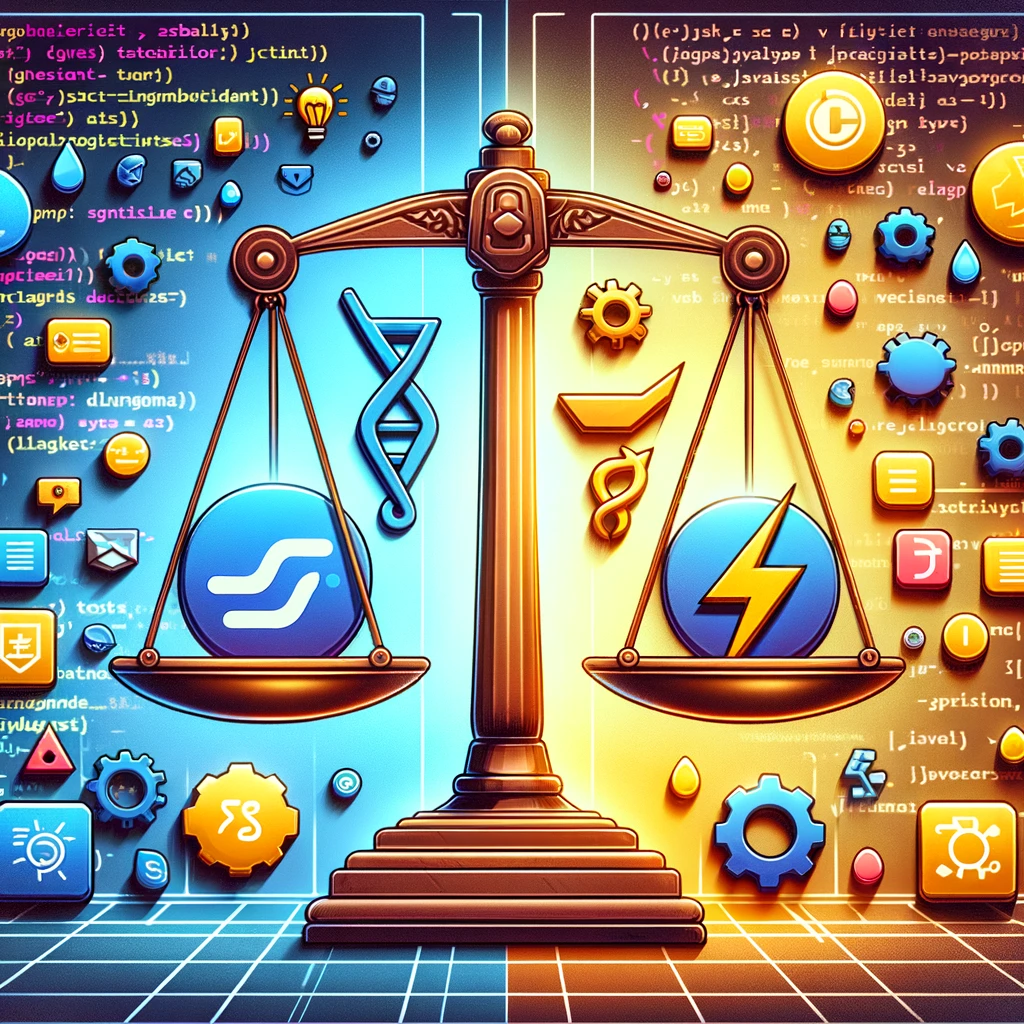
TypeScript vs. JavaScript
Discover the synergy between TypeScript and JavaScript for web development. Learn how Orbitype supports Nuxt CMS, headless CMS for Nuxt, and future-ready digital trends.
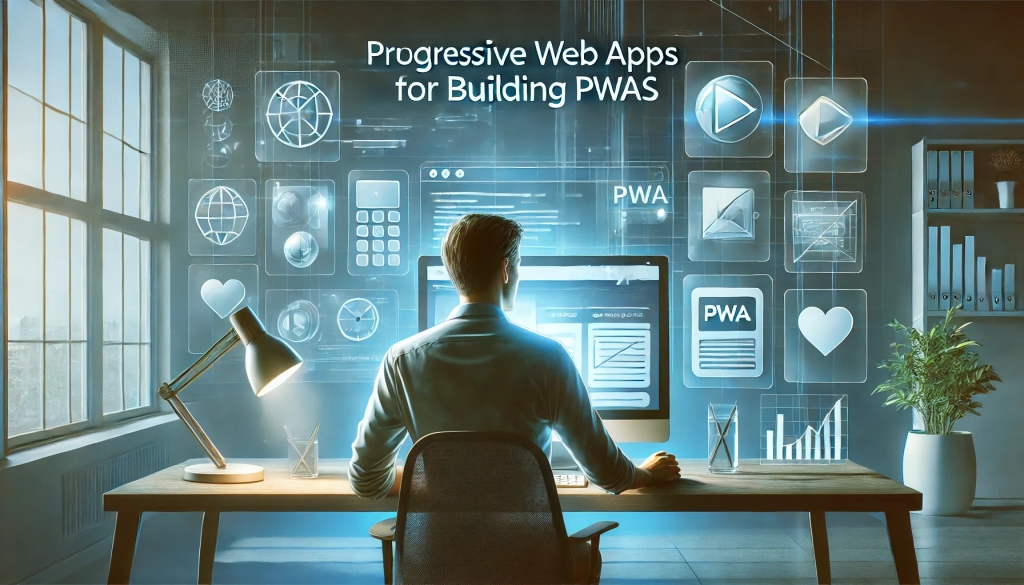
Building Progressive Web Apps (PWAs) with Orbitype
Explore how Orbitype enhances Progressive Web Apps (PWAs) with optimized performance, offline capabilities, and seamless content management for superior user experiences.
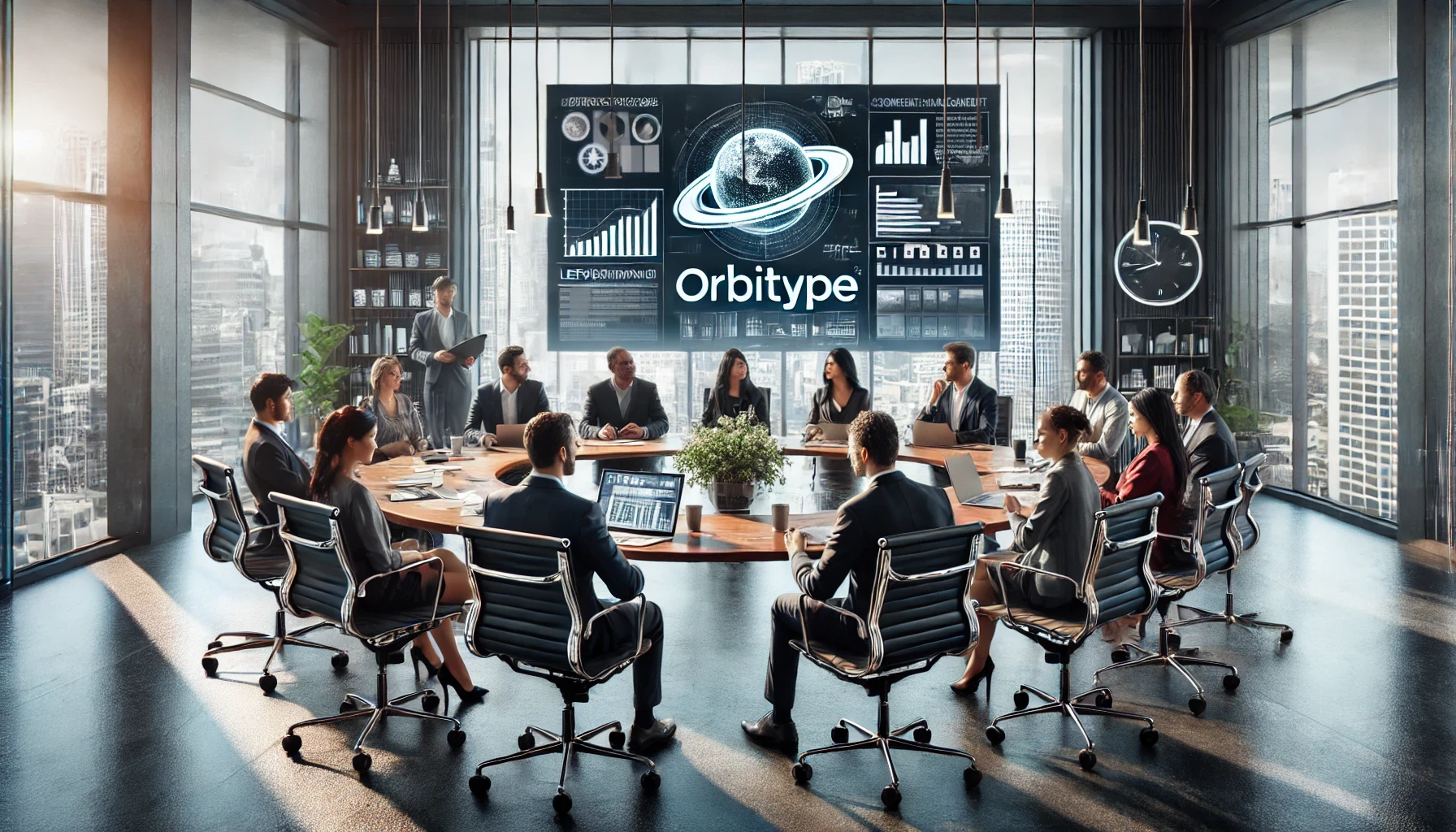
Leveraging Orbitype for Efficient Content Management in E-Commerce
nhance your e-commerce performance with Orbitype CMS. This scalable headless CMS simplifies content management, boosts SEO, and seamlessly integrates with Shopify, WooCommerce, and Magento for dynamic, flexible solutions.

Mastering Third-Party Integrations with a Headless CMS for Efficient Workflows
Streamline workflows and scale your business with seamless third-party integrations using Orbitype's flexible headless CMS—designed for efficiency, automation, and growth.
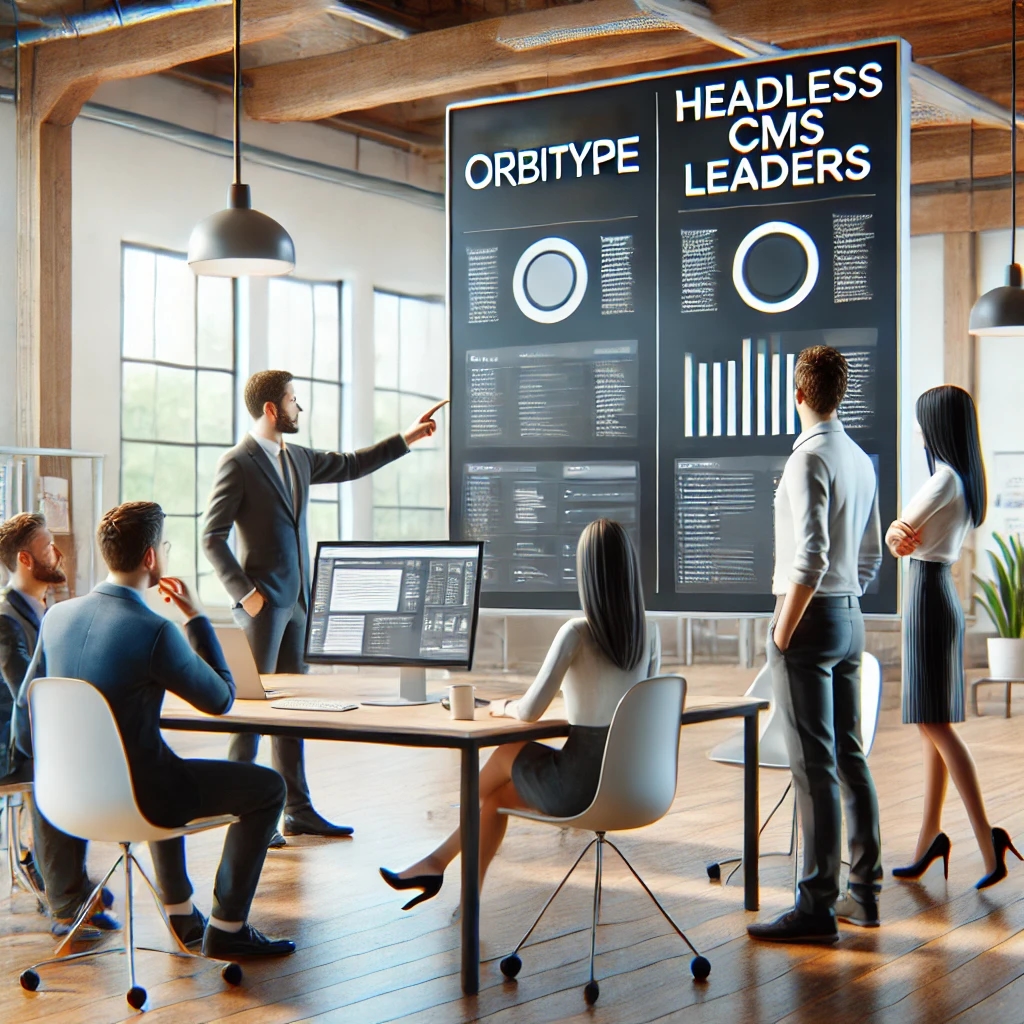
How Orbitype Compares to Headless CMS Leaders in 2025
Struggling to choose the best CMS? Discover how Orbitype compares to headless CMS leaders in 2025, solving complexity and scalability challenges with ease. Try Orbitype!
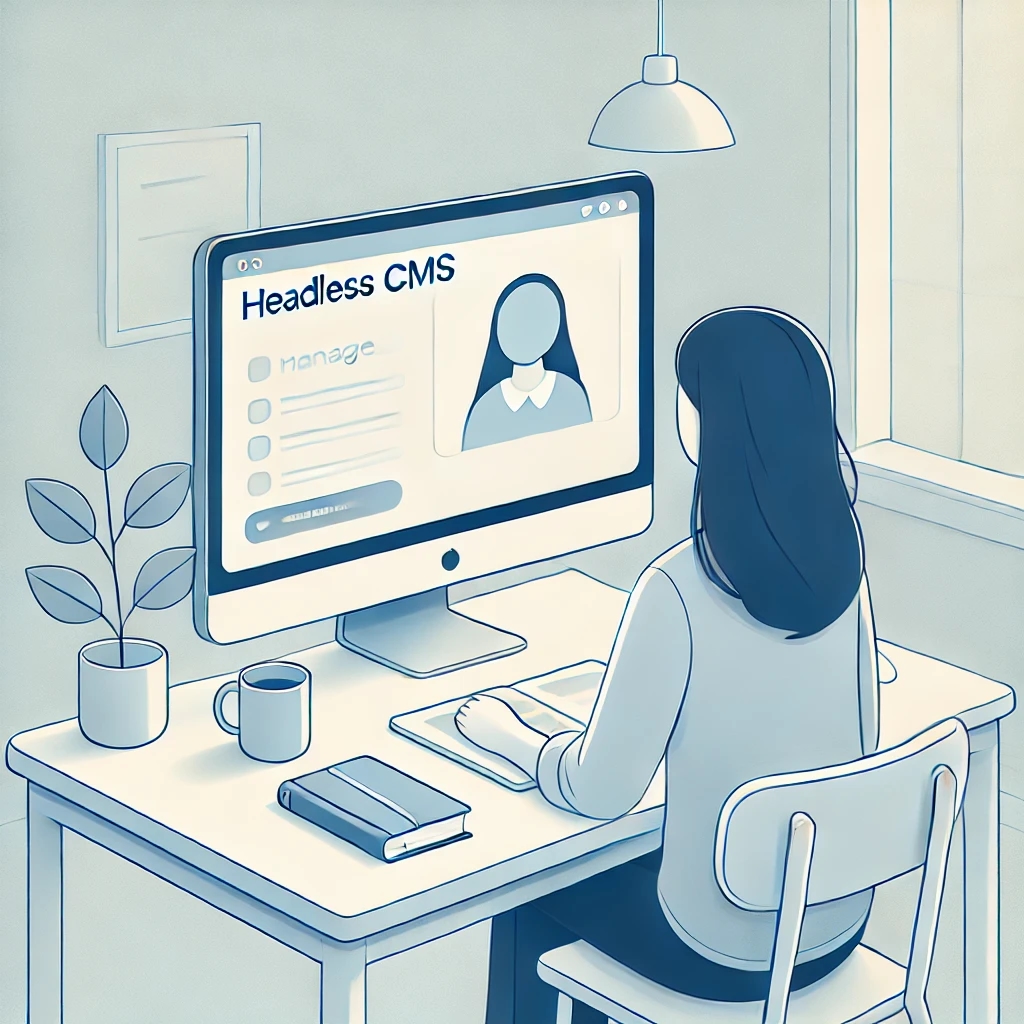
How Educational Institutions Benefit from Headless CMS for Online Learning
Enhance online learning with a Headless CMS. Discover how centralized content management, scalability, and seamless multi-channel access can transform educational platforms.
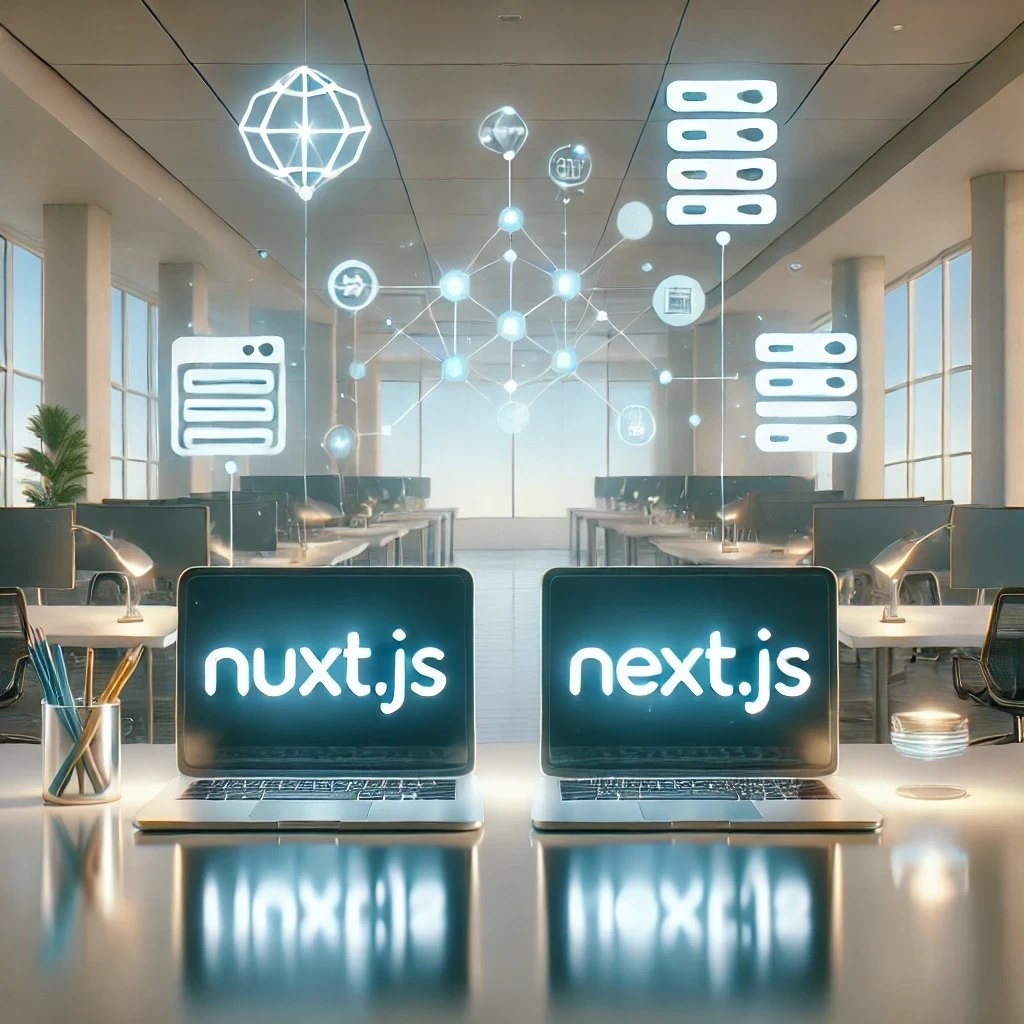
Nuxt vs Next: Which Framework Works Best with Headless CMS?
Compare Nuxt.js and Next.js to find the best frontend framework for your Headless CMS. Discover which offers better performance, scalability, and flexibility for dynamic web projects.
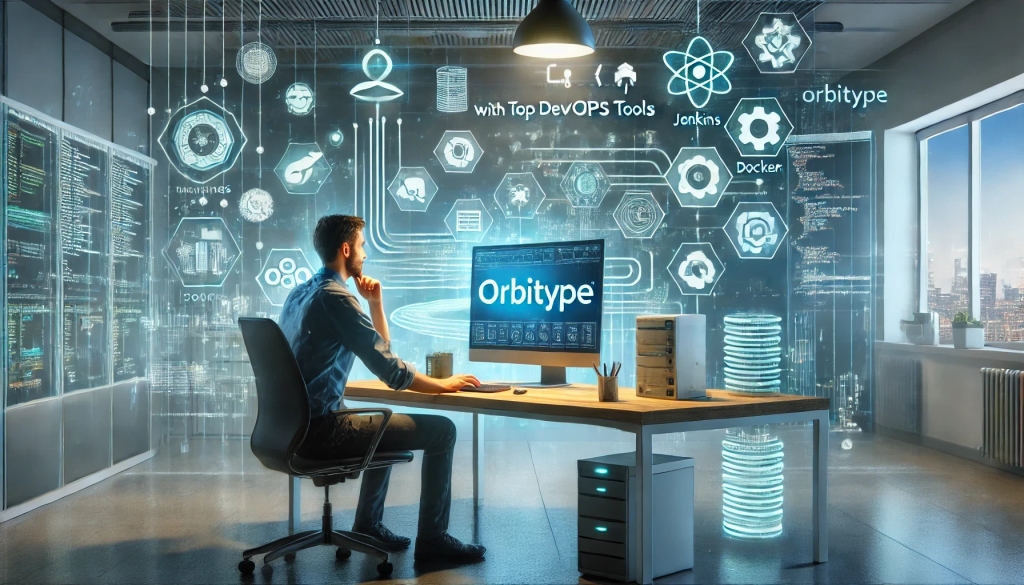
Streamlining Development: Integrating Orbitype with Top DevOps Tools
Discover how to integrate Orbitype with leading DevOps tools like Jenkins, Docker, and Kubernetes. Learn best practices for automating deployments, containerizing Orbitype, and scaling efficiently while streamlining workflows for continuous integration and delivery.
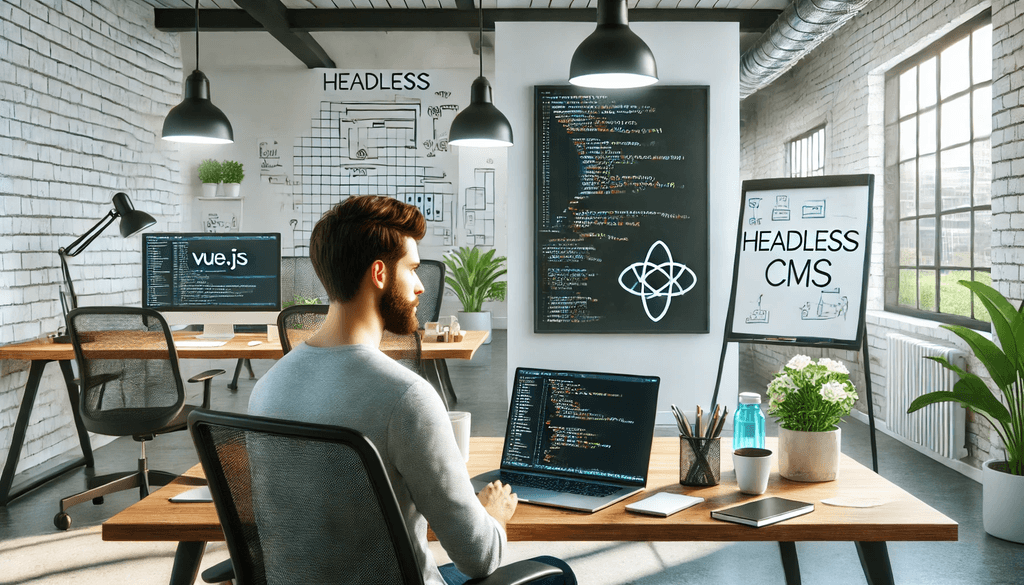
Building High-Performance Vue Apps with a Headless CMS
Discover how to optimize Vue.js apps with a Headless CMS for high performance, scalability, and SEO. Learn best practices and tools for creating dynamic web apps.

SQL or NoSQL: What's Best for Mobile Applications Using Orbitype?
Explore Orbitype, the ultimate headless CMS for React developers, offering seamless content management, enhanced performance, and flexibility to create dynamic web applications with ease. Learn how Orbitype simplifies workflows and boosts productivity.
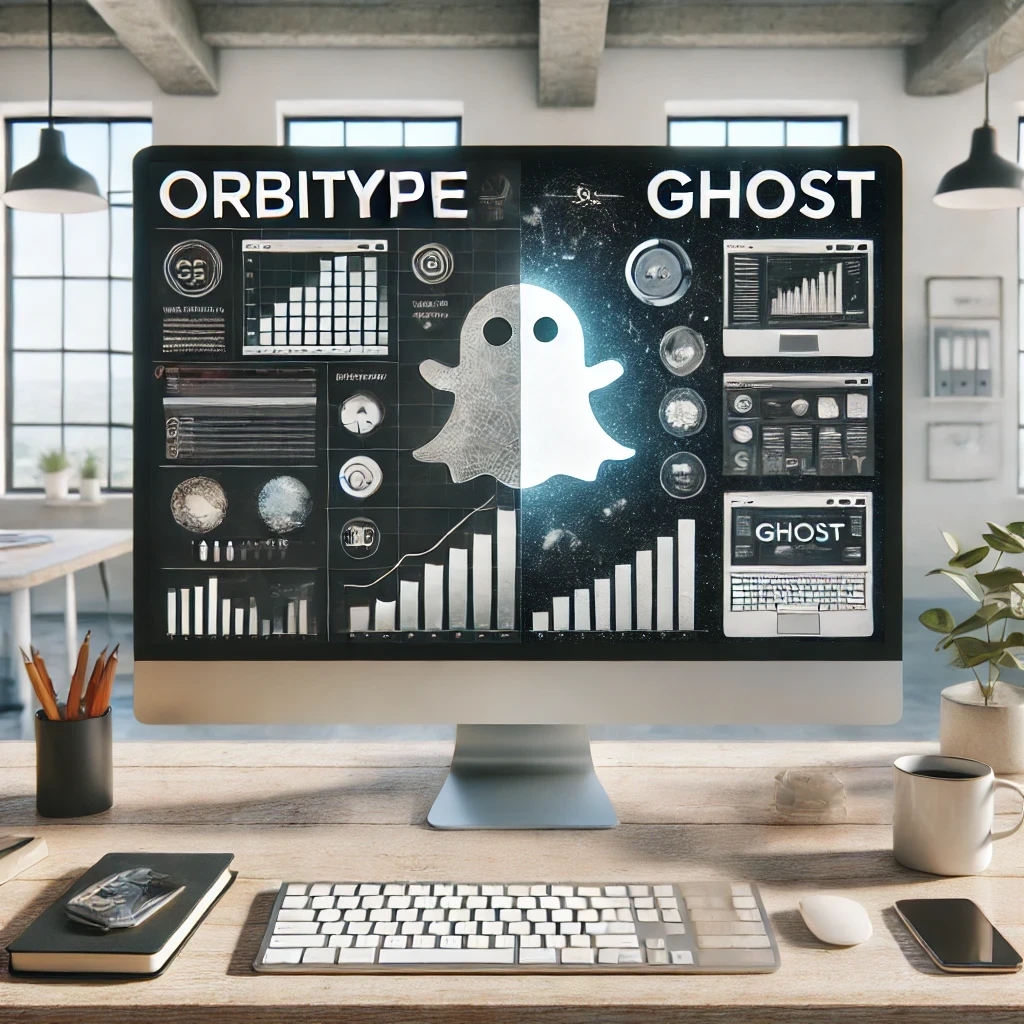
Comparing Orbitype and Ghost: Best CMS for Blogging in 2025
Compare Orbitype and Ghost to find the best CMS for blogging in 2025. Discover which platform suits your goals, from scalability to simplicity and dynamic content
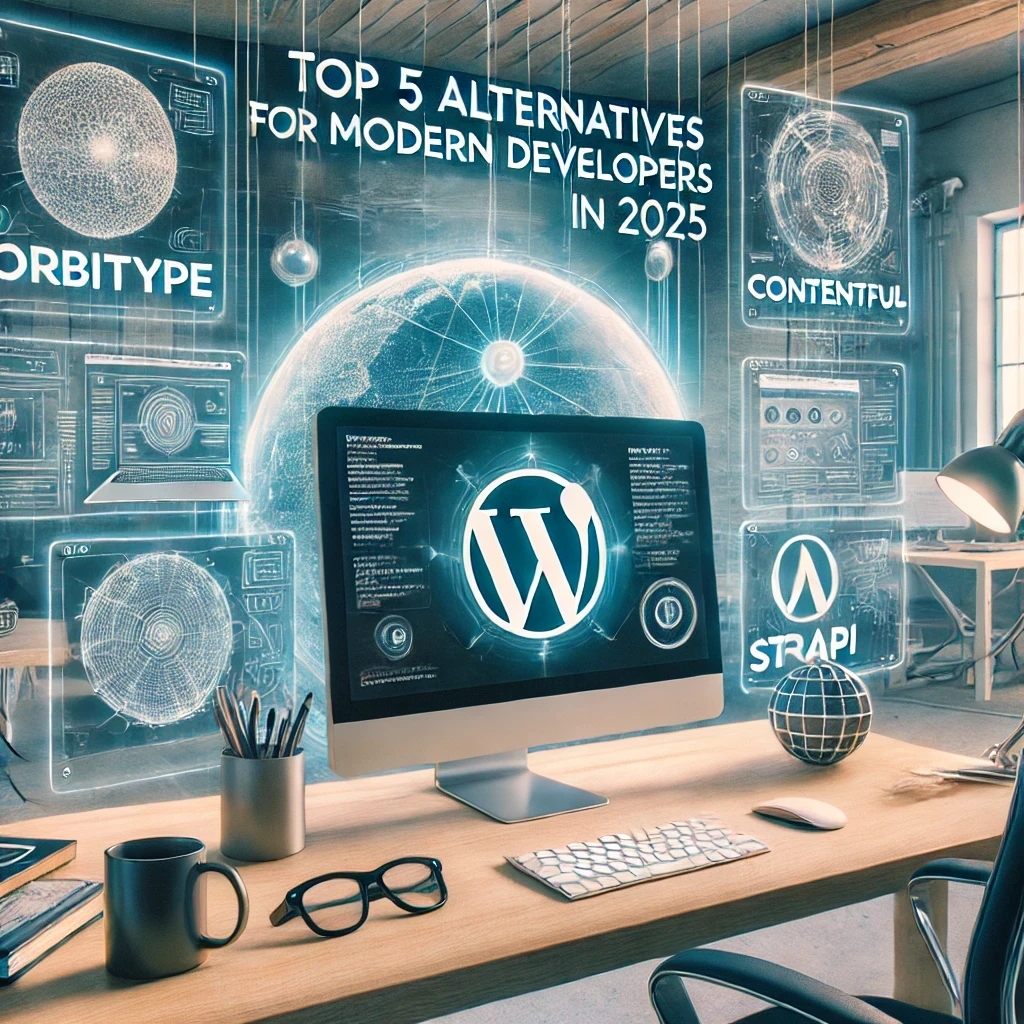
Top 5 Alternatives to WordPress for Modern Developers in 2025
Discover the top WordPress alternatives for 2025, including Orbitype, Contentful, and Strapi. Explore modern CMS platforms offering scalability, flexibility, and cutting-edge tools for developers.

Security and Compliance in Headless CMS: Focus on Orbitype
Explore headless CMS security with Orbitype: advanced authentication, data encryption, and compliance with GDPR & CCPA. Learn best practices for secure CMS operations.

10 Tips for Optimizing Core Web Vitals in Headless CMS Websites
Discover 10 actionable tips to optimize Core Web Vitals for Headless CMS websites. Improve performance, SEO, and user experience with these essential strategies.
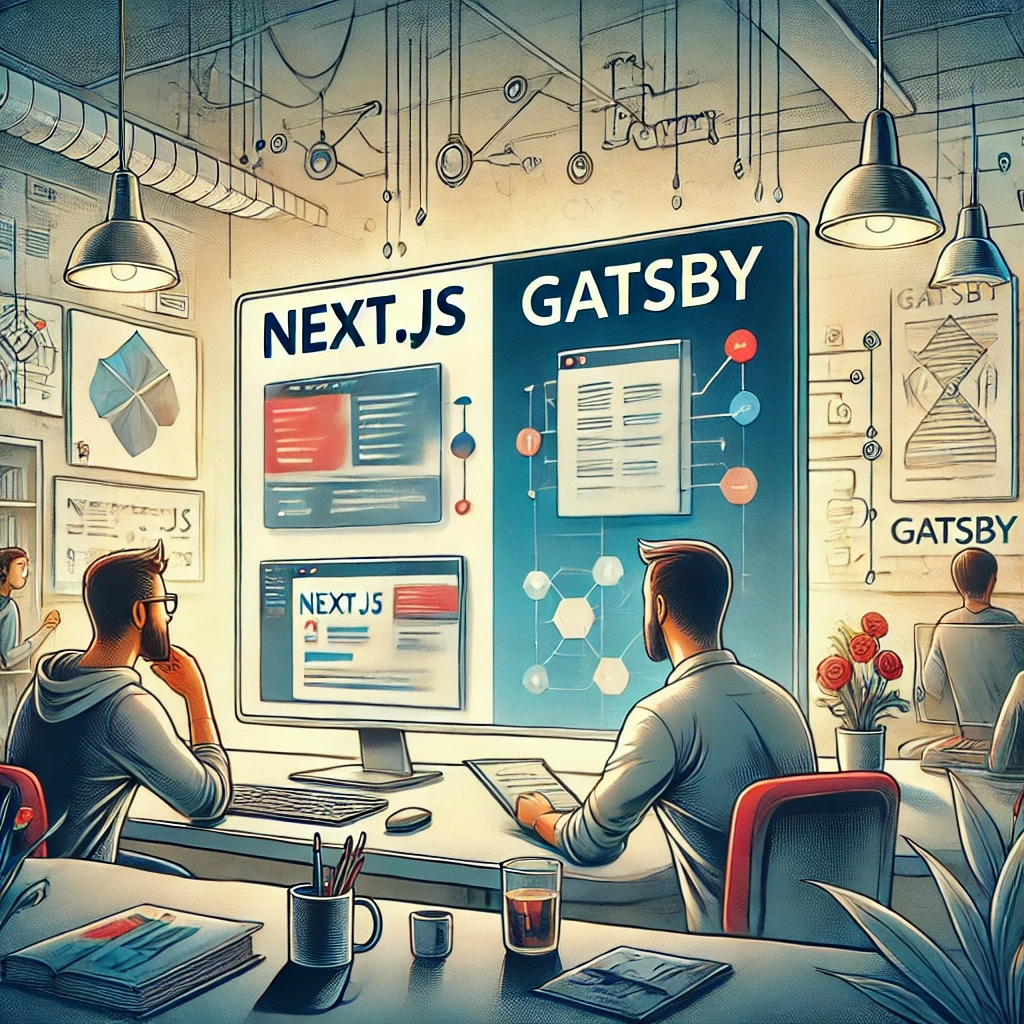
Next.js vs Gatsby: Which Works Best With a Headless CMS?
Choosing between Next.js and Gatsby can be challenging when working with a Headless CMS. This guide breaks down their strengths and helps you decide which framework works best for your dynamic or static content needs.

CMS for Vue.Js - Orbitype Headless CMS
Explore Orbitype, the best Headless CMS for Vue.js, offering seamless API integration, dynamic content management, and unmatched performance for interactive front-end development.
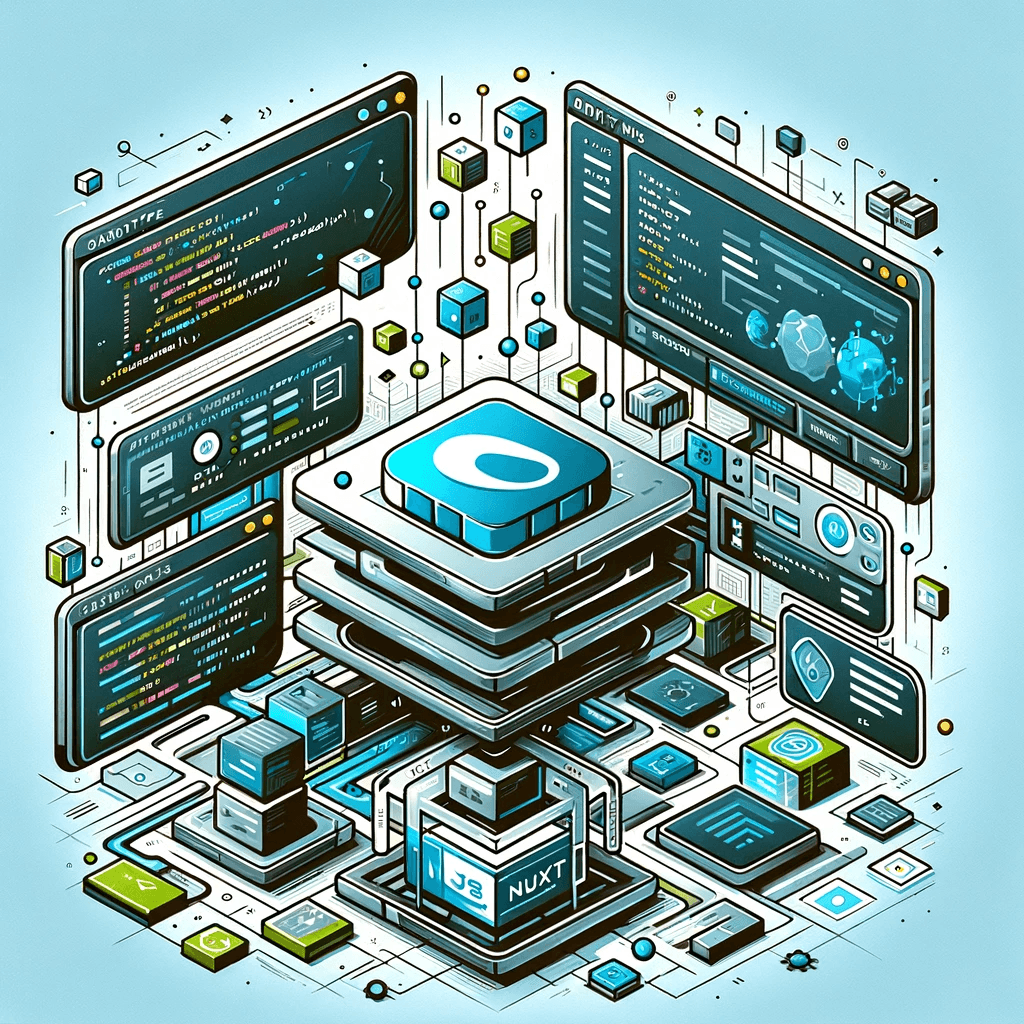
CMS for Nuxt - Orbitype Headless CMS
Optimize your Nuxt.js projects with Orbitype, the API-first Headless CMS offering scalable content management, multimedia repositories, and enhanced SEO for modern web applications.
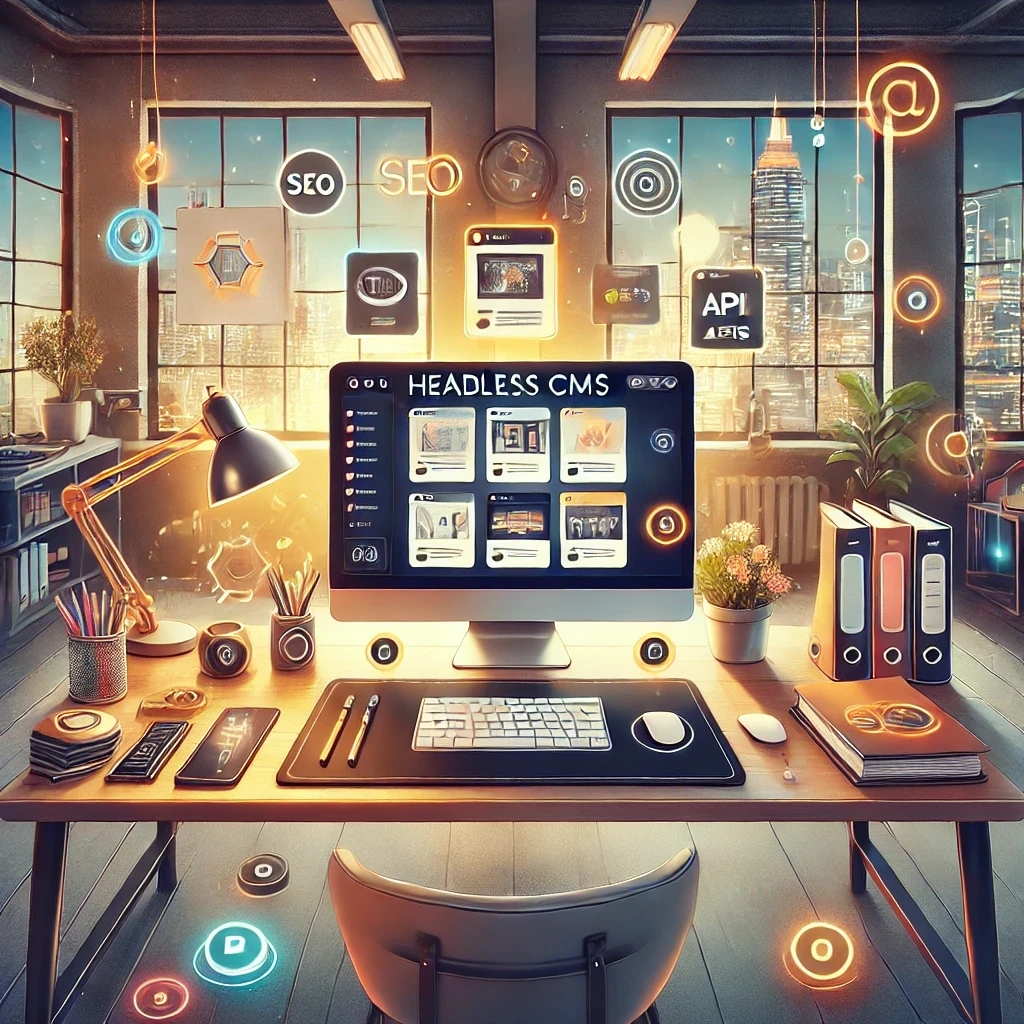
Best Headless CMS Solutions for Portfolio and Personal Websites
Showcase your work with ease using Orbitype—the ultimate Headless CMS for portfolio and personal websites. Enjoy seamless integration, powerful customization, and SEO-friendly features designed for creators and developers.
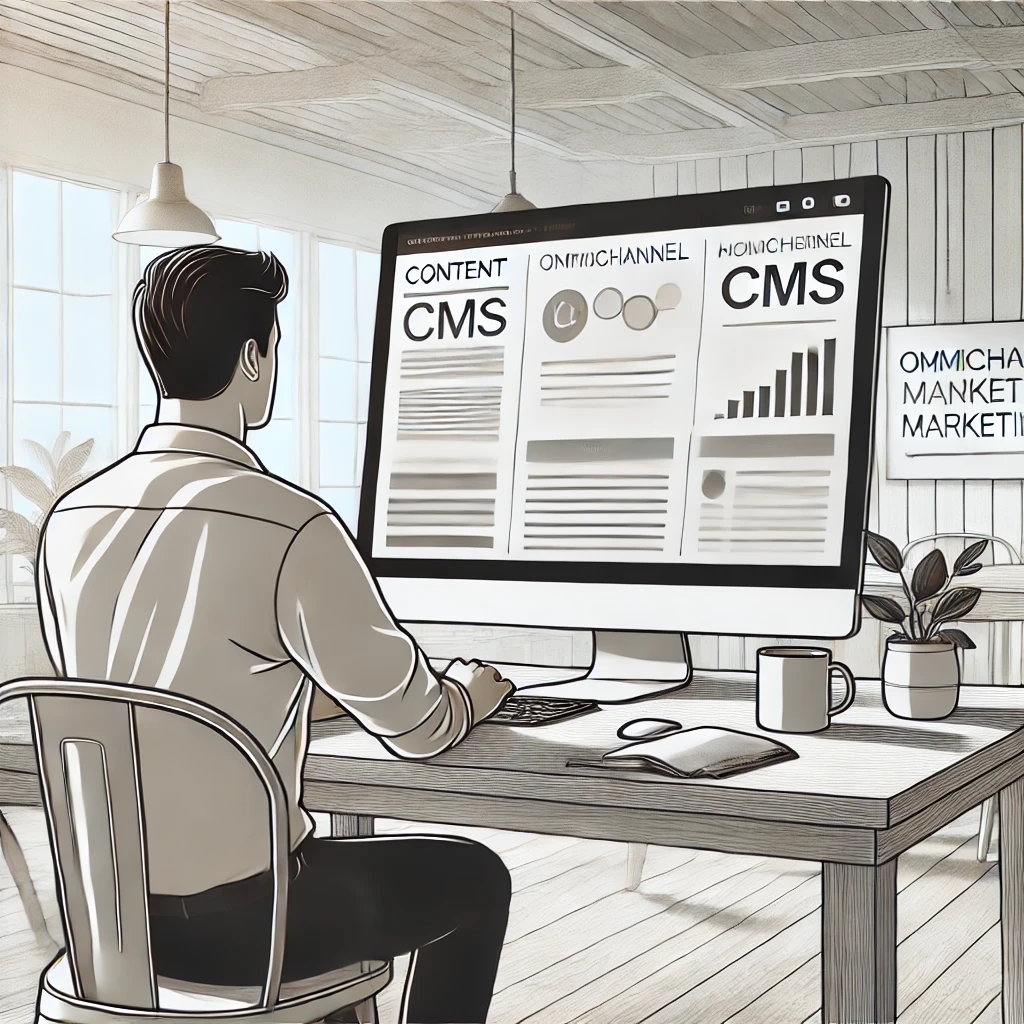
How Headless CMS Empowers Omnichannel Marketing Strategies
Boost your omnichannel marketing strategy with a Headless CMS. Centralize content management, deliver personalized customer experiences, and ensure consistency across platforms.
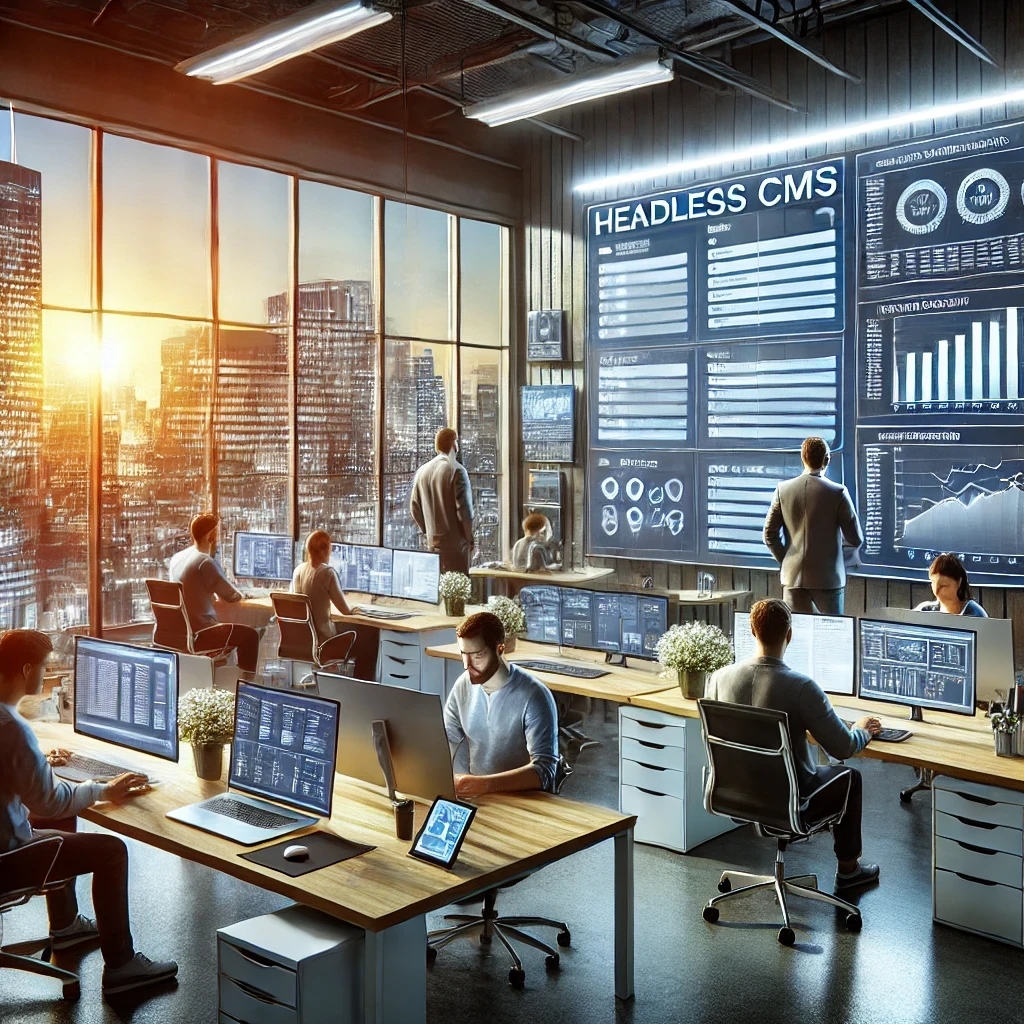
How to Scale Your Website with a Headless CMS for High Traffic
Scale your website effortlessly with a headless CMS like Orbitype—achieve faster load times, seamless scalability, and reliable performance during high-traffic surges
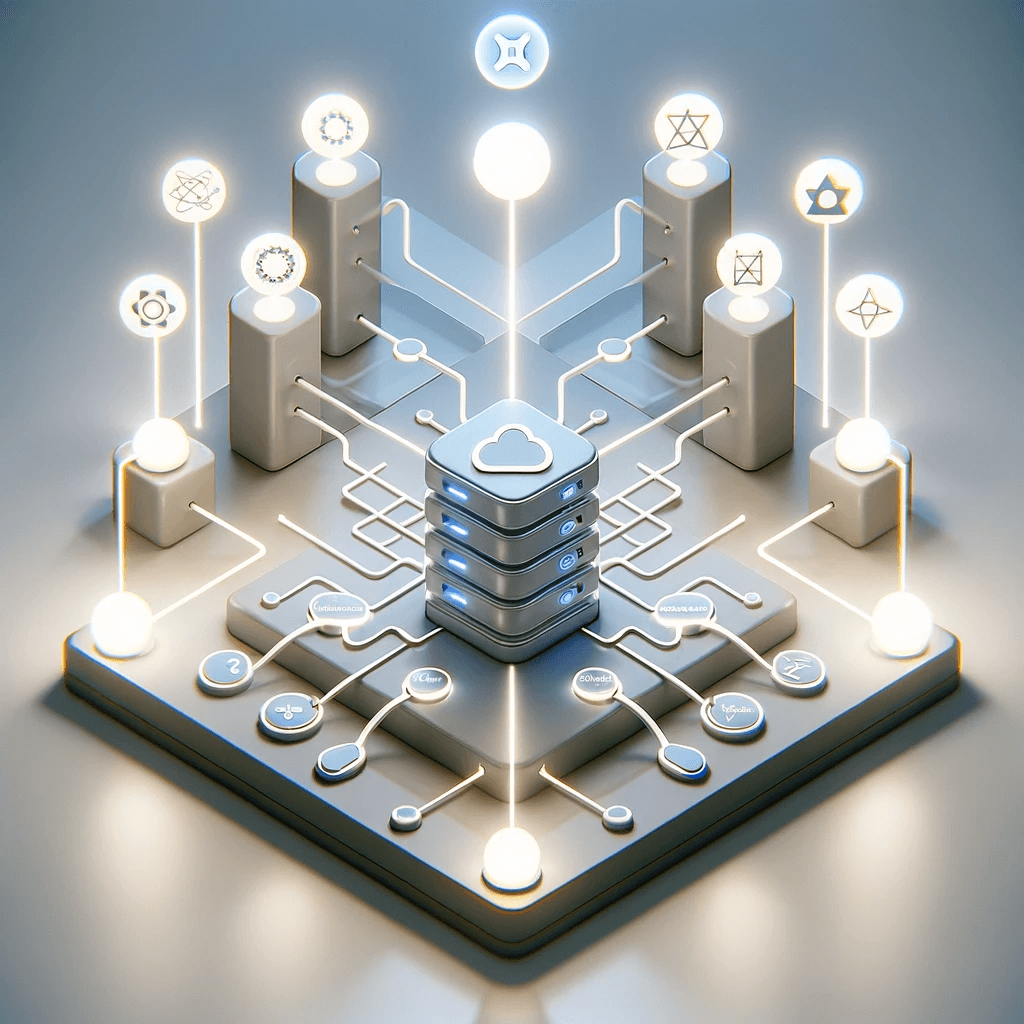
CMS for React - Orbitype Headless CMS
Orbitype is the ideal CMS for React developers, combining seamless API integration, flexible content management, and scalability to create fast, dynamic, and customizable web applications effortlessly.
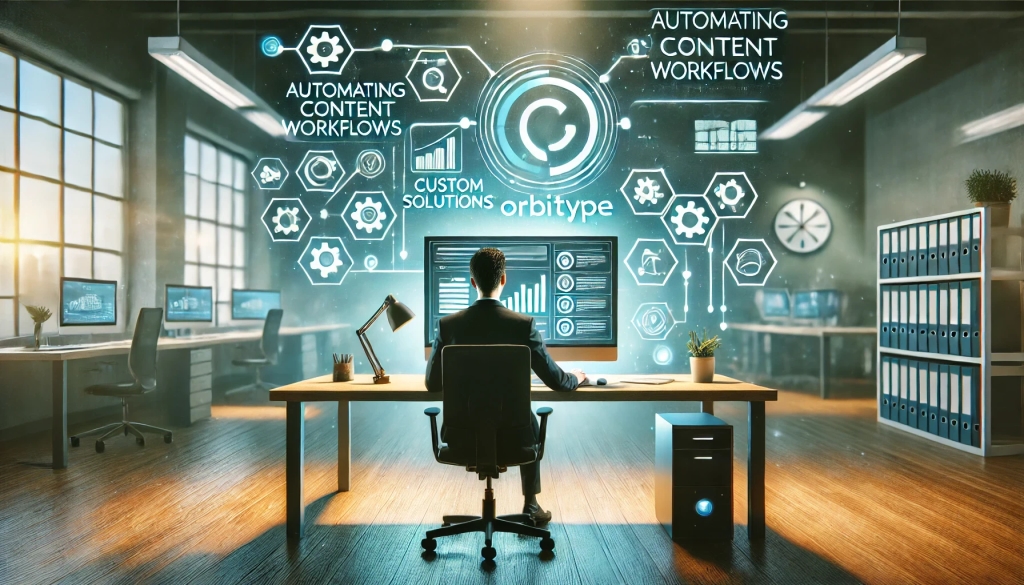
Automating Content Workflows with Orbitype’s Custom Solutions
Discover how Orbitype's custom CRM and ERP solutions revolutionize content workflows. Automate processes, reduce manual tasks, and improve productivity for software development agencies with tailored tools for seamless collaboration and efficiency.